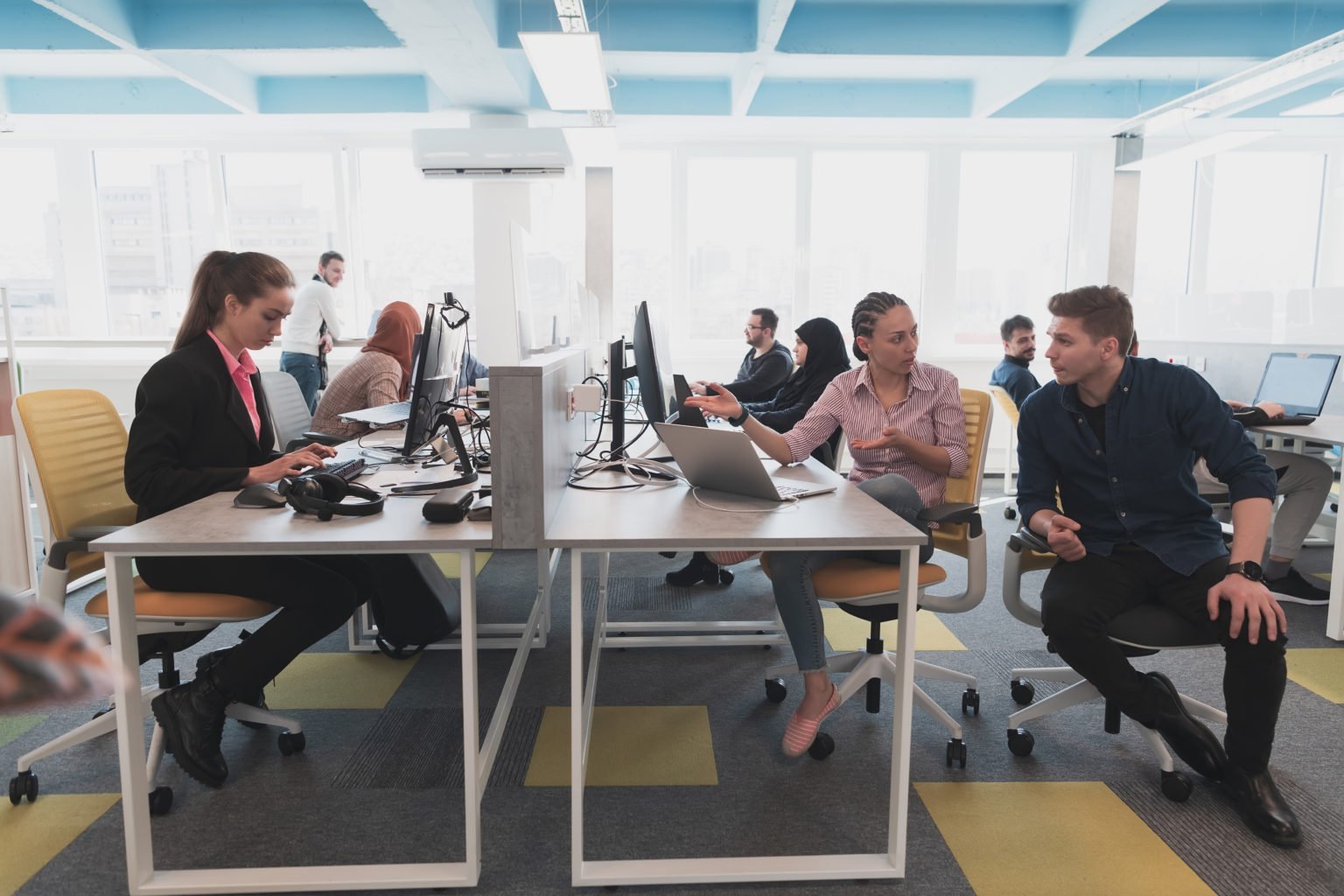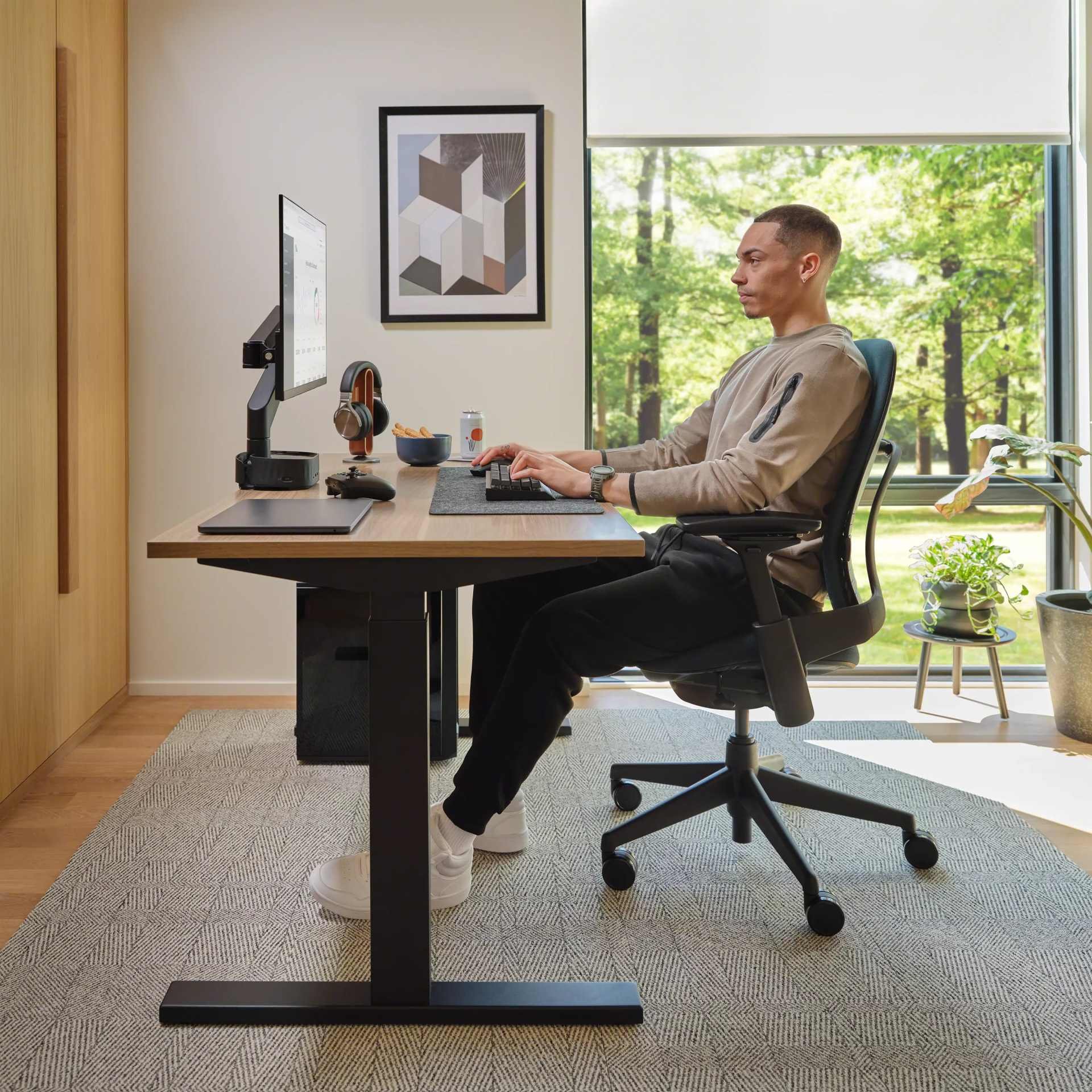
Prioritize Comfort & Productivity: The Power of Healthy Ergonomic Posture
In today’s fast-paced work environment, maintaining a healthy ergonomic posture is more than just a comfort choice—it's a critical investment in long-term well-being and productivity. At the heart of a thriving workplace is a setup that supports the body, boosts focus, and reduces the risk of strain or injury.
Why is it important?
Poor posture can lead to chronic back pain, fatigue, and even decreased morale. On the flip side, a well-designed ergonomic workspace enhances concentration, supports natural body alignment, and helps employees feel and perform their best—day in and day out.
The benefits are clear:
- Reduced physical discomfort and injury risk
- Increased energy, focus, and productivity
- Improved employee satisfaction and retention
- A professional, modern workspace that reflects your company’s commitment to wellness
Key factors that make the difference:
Supportive seating that promotes natural spinal alignment
Adjustable desks to encourage movement and flexibility
Proper monitor placement to reduce neck and eye strain
Smart accessories like footrests, keyboard trays, and ergonomic lighting
At Northeast Office Furniture, we don’t just sell office furniture—we design healthier, happier work environments. Whether you're outfitting a home office or an entire corporate floor, we’ll help you create a space that feels as good as it looks.
Make it stand out.
-

1. Posture Alignment
Proper posture forms the foundation of workplace ergonomics. Align your head, neck, and spine in a neutral position to reduce strain and prevent long-term discomfort. Keep feet flat on the floor, shoulders relaxed, and elbows at a 90-degree angle to maintain a healthy seated position throughout the day.
-

2. Workstation Setup
Your furniture and equipment should support your body’s natural posture. This includes an adjustable chair with lumbar support, a desk at the correct height, and a monitor positioned at eye level. Tools like ergonomic keyboards and monitor arms can make a big difference in reducing repetitive strain.
-

3. Movement & Microbreaks
Even the best setup needs to be paired with movement. Taking short, frequent breaks to stretch, walk, or simply change positions helps circulation, reduces stiffness, and recharges mental focus. Incorporating sit-stand desks or task-specific seating options can add flexibility to your day.
